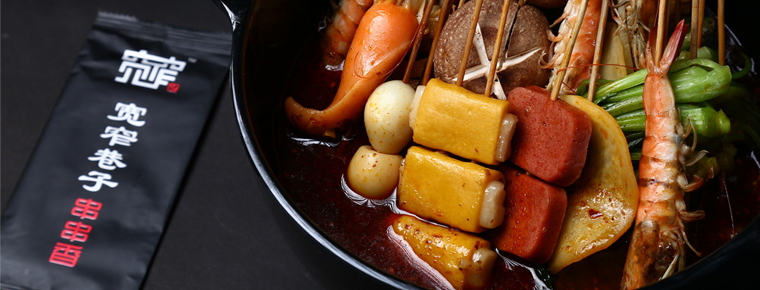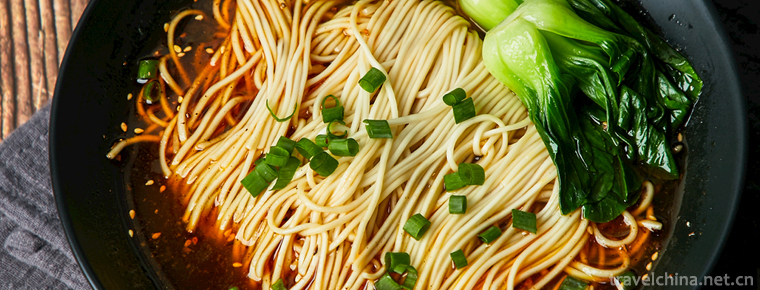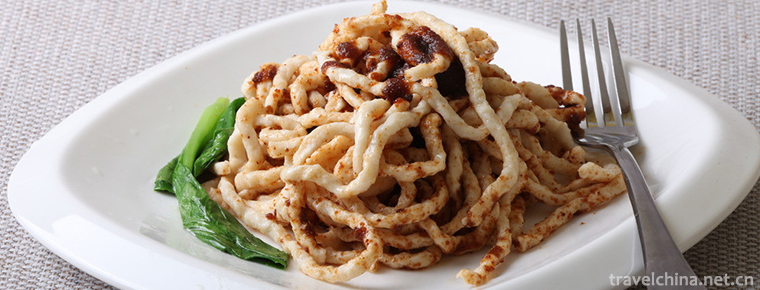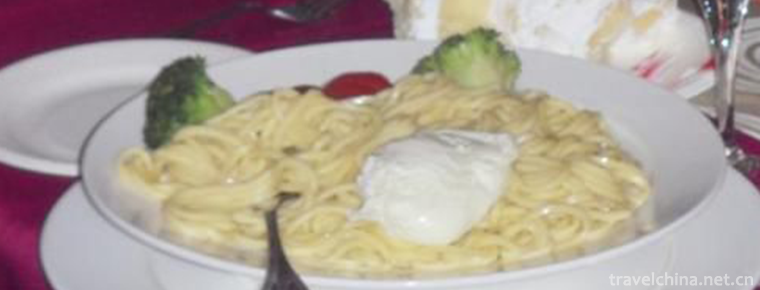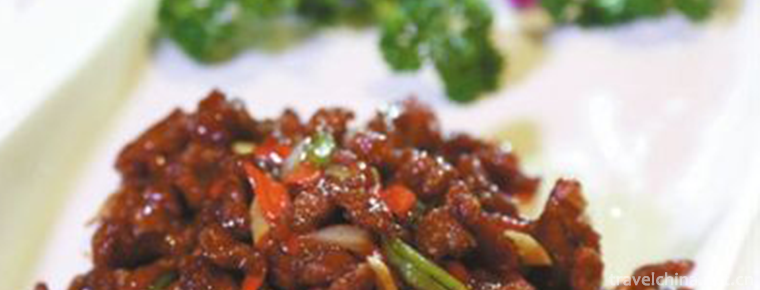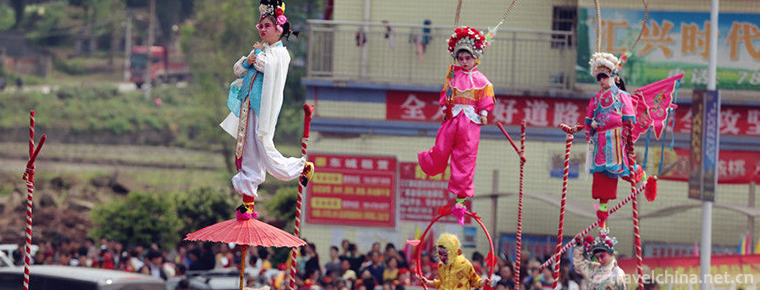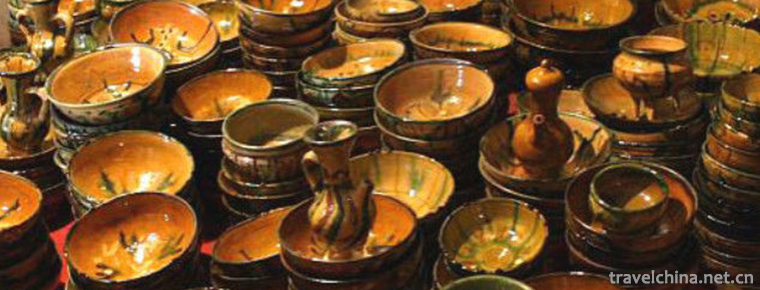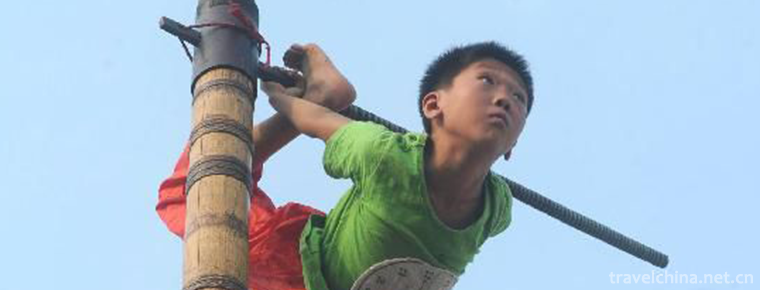Music of Confucius Festival in Liuyang Temple
Music of Confucius Festival in Liuyang Temple
The ancient music of offering sacrifices to Confucius in Liuyang Temple is a traditional folk music in Hunan Province. A list of the second batch of intangible cultural heritage in Hunan Province has been published recently. The "Liuyang Temple for Confucius and Ancient Music" declared by Liuyang City is listed in the category of "folk music".
In 2007, Liuyang City compiled and printed Liuyang intangible cultural heritage series, including Liuyang Ancient Music. According to Pan Xinzhi, the editor-in-chief, Liuyang ancient music was developed by Qiu Zhizhen, an ancient musician of Liuyang, in the ninth year of Qingdaoguang (1829 AD), in accordance with the ancient law. It included music, dance, song and ritual. The performance was very grand. Therefore, music is used in the sacrifice of Confucian temples, so it is called "Confucian ancient music sacrificed by Confucian temples". Liuyang Ancient Music was once known all over the world as "the only thing left in the whole country", especially in the late Qing Dynasty and the early Republic of China. In 1937, Professor Zhang Minjun of Hunan University wrote "The Ancient Rites of National Music in Liuyang" after Liu Guanli, which was published ten years later, reflecting the grand ceremony of sacrificing Confucius at that time.
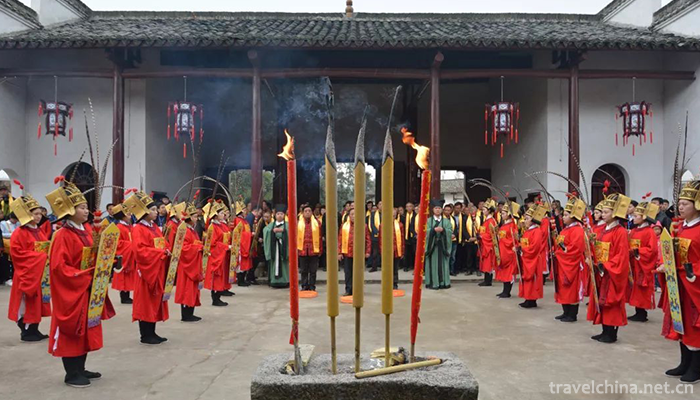
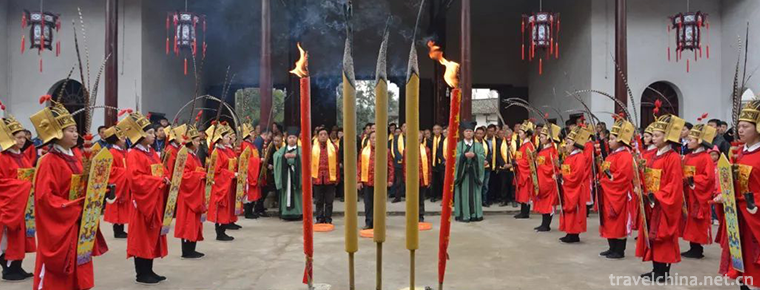
Music of Confucius Festival in Liuyang Temple
-
Chongqing small noodles
Chongqing small noodles is one of the four characteristics of Chongqing
Views: 313 Time 2018-10-12 -
sate noodles
The only disciple chef Wang Daquan who teaches Shacha Noodle recipe by the master of Southern Fujian cuisine Yang Jibo inherits the tradition and makes it flourish. The main ingredients of Shacha sauc
Views: 192 Time 2018-11-02 -
Asihatu Stone Forest
Chaihe Tourist Scenic Spot has a total area of 1368.7 square kilometers, which is a national 5A tourist scenic spot. The area of Alshan City in Xing'an League is 7408.7 square kilometers, and Chaihe T
Views: 150 Time 2019-01-02 -
Dajing gate
Dajinmen, the national key cultural relics protection unit. Located at the northern end of Zhangjiakou City, it was built in the first year of Shunzhi in the Qing Dynasty (1644 A.D.) and has a history
Views: 312 Time 2019-01-06 -
Baxian longevity noodles
Make it with Udonghua noodles. With turtle, old turtle boiled soup, turtle has a nourishing role, old turtle represents longevity. Take shrimp, squid, sea cucumber, black fish balls
Views: 202 Time 2019-03-27 -
Imitated Diet Making Skills of Imperial Diet in Qing Dynasty
Imitated meals (imperial meals of the Qing Dynasty) production skills, Beijing Xicheng District local folk traditional skills, one of the national intangible cultural heritage.
Views: 299 Time 2019-04-29 -
Sanhui Pavilion Club
Sanhui Caiting Pavilion is a local traditional folk cultural activity that performs in streets or squares on March 16-18 of the lunar calendar every year. Its artistic form of performance is ingenious
Views: 136 Time 2019-06-12 -
Uygur moulding earthenware firing
Uygur moulding pottery has a history of more than two thousand years. After the middle of the ninth century, Uygur ancestors moved westward to the vicinity of the Tarim Basin, inherited the pottery ma
Views: 205 Time 2019-06-26 -
Zuo Gezhuang Club
Chongxin Village is located in Zuogezhuang, northeast of Wen'an County. Its economic prosperity and people's prosperity have become the material and cultural basis for the preservation and continuatio
Views: 388 Time 2019-08-16 -
Yibin cultural undertakings
By the end of 2019, there are 7 art performance groups, 2 art performance venues, 11 cultural centers, 186 cultural stations and 10 public libraries in Yibin cultural system. There are 1 provincial science and technology tourism demonstration base, 2 prov
Views: 180 Time 2020-12-18 -
Yibin local specialty
The production of bamboo spring, bamboo carving and bamboo weaving in Yibin city began in Yuan and Ming Dynasty, with excellent materials and local characteristics and life interests. Therefore, he became famous both at home and abroad and entered the court many times.
Views: 414 Time 2020-12-18
